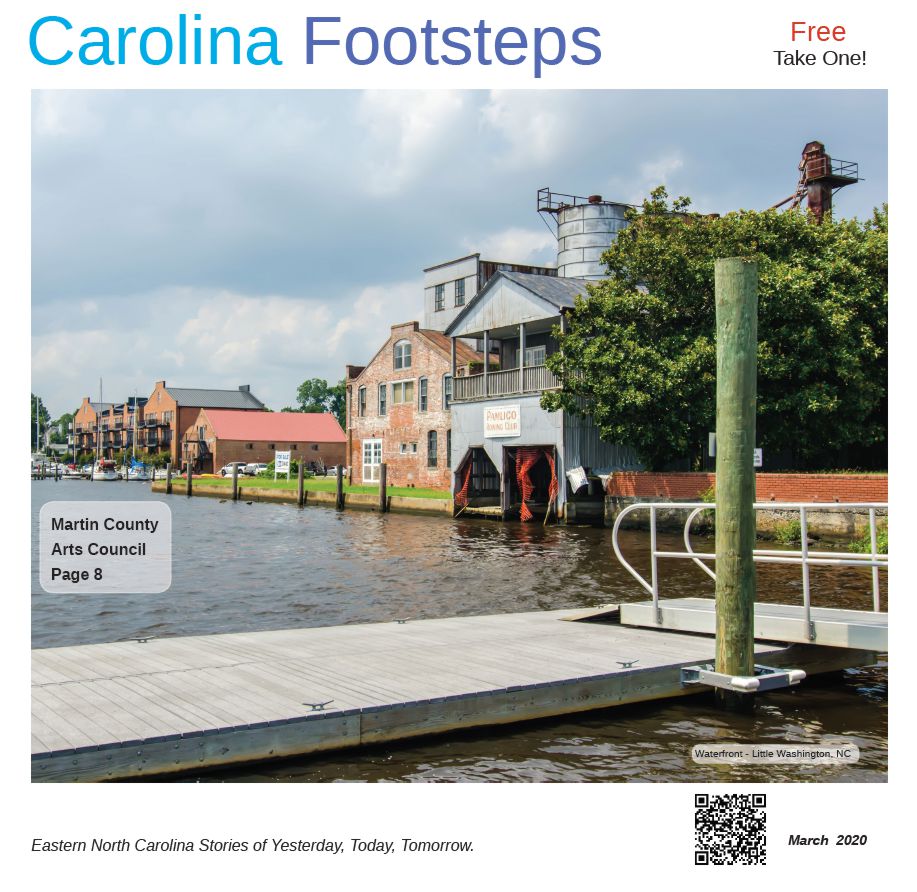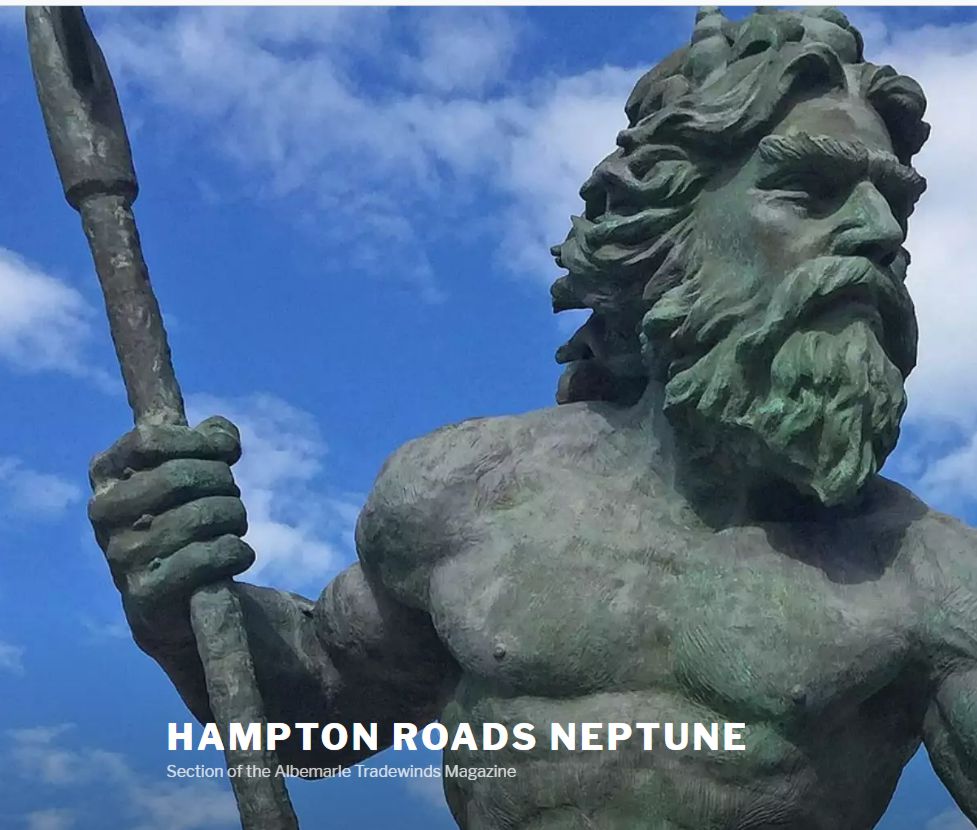A glimpse into several Native American civilizations centuries
prior to European colonization will reveal an American
Indian culture that overall was not primitive, considering
the period of time. In fact, one could view American Indian
culture as being far more advanced when compared to many
other cultures during the same time frame, including those of
the European sector. Such American Indian communities indeed
existed within the United States where one example can
be seen by examining the culture of the Chacoan people, who
in 800 AD once lived in an area known today as New Mexico.
Much has been written that details the advanced techniques
that allowed the Chacoan people to construct a community
in the 800’s that was larger than England. Their community
contained the largest buildings in the United States that were
not surpassed in size until the 19th century. In fact, the Chacoans
used unique techniques for constructing massive stone
buildings that spanned several stories high and contained
hundreds of rooms that were held up by massively thick walls
purposely designed to hold the weight. The Chacoan community
was comprised of several of these massive homes which
were all connected by roads. One can imagine the complexity
of social organization required in order to construct these
massive structures and build community infrastructure. Not
only were the buildings massive, but they were oriented to
solar and lunar cycles and lined in such a manner to allow
communication between the buildings. To put this in modern
perspective, the Chacoan people are ancestors of the
Pueblo and Hopi Indians who live in Arizona and New Mexico
today. Without going into detail, the Chacoan community also
exhibited many aspects of Mayan culture particularly during
its rituals, trading of exotic artifacts and in the construction of
its massive buildings, irrigation systems, and roads. Keep in
mind that this occurred in the 800’s, 700 years before colonial
contact. Also prior to the construction of this massive community,
these Indians had been accustomed to constructing and
living in smaller stone houses for centuries prior.
While the Chacoan community may have had more complex
infrastructure due to its community size and to the
arid climate of the Southwest, social organization was also
required on the east coast to maintain its American Indian
communities. Some similarities have been noted in historical
documents that reveal stories of interesting and complex
interactions that the North Carolina coastal plains Indians had
with the Europeans. There are documents noting that in 1609,
explorers of the Lost Colony were living in a Tuscarora village
called Pakerikinick to reports in 1614 that Jamestown explorers
went to a Tuscarora village called Ocamahawan where
the Indians had built two-story “stone” houses and used
brass utensils, and to another report noting that in 1654, a
wealthy Spaniard, possessing slaves, had been living among
the Tuscarora for several years. In 1670, it was noted that
the Spanish had set up a trading post in a Tuscarora village
called Kateras, which was described as a place of “great Indian
trade and commerce.” The Chowanoke Indians were also
reported as building two story houses in the 1600s, although
these houses were not particularly noted as being made from
stone. As historical documents are pieced together along with
archaeological findings, theories and perpetuation of a primitive
mode of Native existence will hopefully be quenched. The
communities mentioned in this article are just a small number
of communities that existed across the United States prior to
colonial invasion.
Chowanoke History
 Reviewed by kensunm
on
10:50:00 PM
Rating:
Reviewed by kensunm
on
10:50:00 PM
Rating:
 Reviewed by kensunm
on
10:50:00 PM
Rating:
Reviewed by kensunm
on
10:50:00 PM
Rating:









No comments: